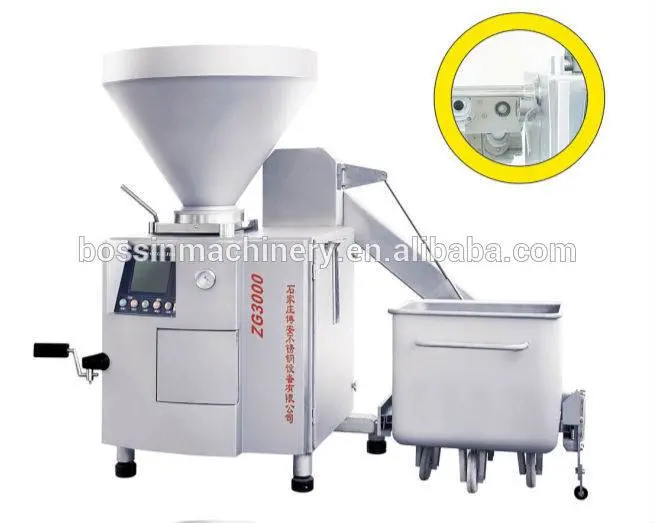
Eki . 22, 2024 12:27 Back to list
Optimizing Your Workflow with the Latest Clipping Technology
The Evolution and Impact of Clipping Machines
In the realm of tool engineering and manufacturing processes, clipping machines have played a pivotal role in enhancing productivity and efficiency. These specialized machines are designed to cut, trim, and shape various materials, such as metals, plastics, and fabrics. The evolution of clipping machines is a fascinating journey that reflects advancements in technology and shifts in industrial needs.
Historical Context
Clipping machines have a rich history that traces back to the early days of industrialization. The need for precision and efficiency in cutting processes became apparent with the rise of manufacturing during the 19th century. Initially, cutting was done manually, which was labor-intensive and fraught with inconsistencies. The introduction of power-driven machines marked a significant turning point, allowing for faster and more accurate cutting.
In the early 20th century, clipping machines began to emerge as essential tools in industries ranging from textiles to automotive manufacturing. These machines evolved from simple hand tools into complex automated systems capable of high-speed production. The transition from manual to automated clipping machines not only increased production rates but also reduced human error, leading to better quality control in manufacturing processes.
Technological Advancements
The development of clipping machines has been heavily influenced by technological advancements over the years. Various forms of automation have been integrated into their design, resulting in machines that are not only faster but also smarter. Computer Numerical Control (CNC) technology revolutionized clipping machines, allowing for precise programming and repeatable accuracy. This has enabled industries to produce intricate designs and complex shapes with minimal human intervention.
Moreover, advancements in materials and engineering have led to the creation of machines that can handle a wider range of materials. Modern clipping machines are equipped with blades and attachments that can cut through a variety of substrates, enhancing their versatility and applicability across multiple sectors. For instance, industries such as aerospace, automotive, and consumer goods now rely on advanced clipping technology to meet their specific production needs.
clipping machine

Applications in Various Industries
Today, clipping machines are indispensable across several industries. In the textile industry, they are crucial for cutting fabric and ensuring precision in garments. In automotive manufacturing, clipping machines are used for producing parts that require exact specifications, contributing to the overall quality and safety of vehicles. Additionally, in the electronics sector, these machines facilitate the careful cutting of components without compromising integrity, which is essential for device functionality.
The packaging industry also benefits significantly from clipping machines. They are employed to cut and seal packaging materials, ensuring products are securely packaged for distribution. This efficiency not only aids in reducing labor costs but also accelerates the overall supply chain process.
The Future of Clipping Machines
As we look toward the future, the evolution of clipping machines shows no signs of slowing down. The integration of artificial intelligence (AI) and machine learning is poised to enhance the capabilities of these machines even further. Smart clipping machines could potentially learn from past cuts to optimize future performance, thus increasing efficiency and reducing waste.
Moreover, sustainability has become a crucial factor in manufacturing processes. Future clipping machines may be designed with eco-friendly materials and energy-efficient operations in mind, aligning with global efforts toward sustainable industrial practices. This shift not only meets the demands of modern consumers but also contributes to reducing the environmental impact of manufacturing.
Conclusion
Clipping machines represent a cornerstone of modern manufacturing, embodying the evolution of technology and its influence on production processes. From humble beginnings to sophisticated automated systems, these machines have significantly changed the landscape of various industries. As technology continues to advance, clipping machines will undoubtedly adapt, becoming even more efficient and integral to the machinery of manufacturing and production in the years to come.
Latest news
-
[Product Name]-[Company Name]|[Core Function 1]&[Core Function 2]
NewsJul.13,2025
-
SmartFlow 3000 Series-Industrial Automation Solutions|AI Analytics&Energy Efficiency
NewsJul.13,2025
-
NextGen Equipment Series-IndustrialTech Solutions|Smart Automation&Real-Time Analytics
NewsJul.12,2025
-
Smart Irrigation System - Example Corp | Water Conservation, AI-Driven Efficiency
NewsJul.12,2025
-
Chicken breast meat slicer
NewsMar.07,2025
-
Meat Bowl cutter for LAB
NewsMar.07,2025